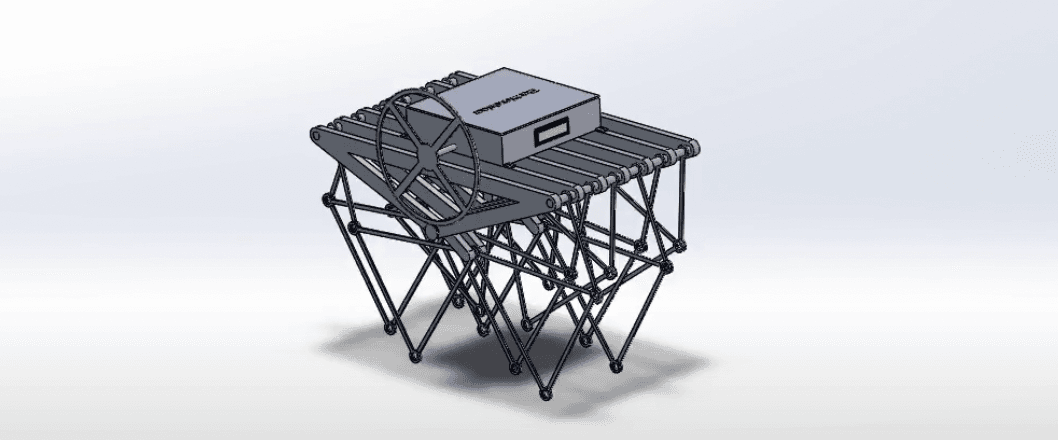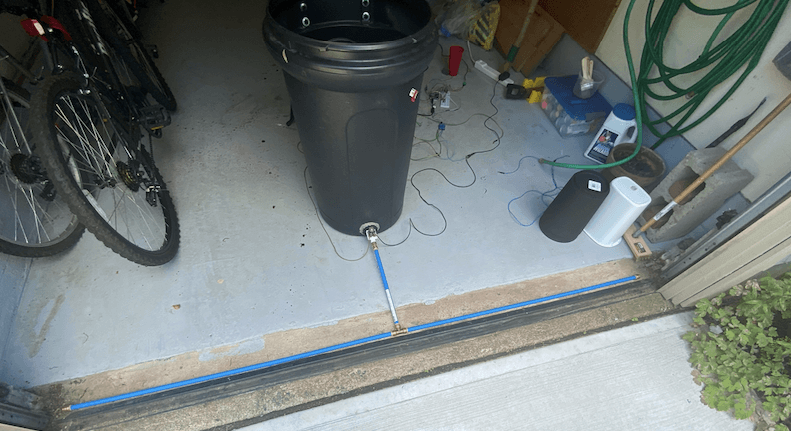

Youssef Abdelhalim
Northwestern UniversityClass of 2021Chicago, Illinois
About
- Hillsborough High School (Class of 2021) - Northwestern University (Class of 2025) - Majoring in mechanical engineering (with a concentration in aerospace engineering) (2021-2024) - Pursuing a master's degree in mechanical engineering (2024-2025)Projects
- TitanWandelaar: Four-Bar Linkage Mechanical Walker for Mars Rovers with mentor Shail (Oct. 4, 2022)
- AutoMelter: An Anti-Snow System for Driveways with mentor Hebert (Oct. 4, 2021)
Youssef's Symposium Presentation
Project Portfolio
TitanWandelaar: Four-Bar Linkage Mechanical Walker for Mars Rovers
Started May 25, 2022

Abstract or project description
NASA and other international space organizations have been developing rovers for the past century that are designed for planets with rocky terrains such as Mars. These designs are focused on using specific types of wheels that have a certain amount of flexibility and tensile strength to allow them to drive smoothly on these surfaces. However, there hasn’t been much research done on the mechanisms that these rovers would need if they were used on planets with sandy and coarse terrain. The wheels would get stuck deep in the sand, considering that these rovers are as heavy as 2,000 pounds. Some Mars rovers such as the Spirit Rover got stuck in sand in 2010, which caused it to stop communicating with Earth. Using 4-bar linkages as the dynamic mechanism of rovers would prevent such issues from happening, as seen from linkages such as the Jansen Linkage which was designed to travel on sandy surfaces. This research will use softwares such as Mathematica, MATLAB, and Linkage to model different loci that could be produced using different bar lengths and Solidworks to design the most optimal linkage. FEA was also run on these linkages to ensure that there isn’t a disproportionate amount of stress on any of the links. An Arduino and multiple sensors will be mounted on the final TitanWandelaar in order to simulate what a rover would look like. A camera will be mounted to the Arduino to see if the linkage mechanism provides stable enough dynamics. A sand analysis station will also be mounted on the rover in order to simulate the ones that have been mounted on all the Mars rovers.
Project Portfolio
AutoMelter: An Anti-Snow System for Driveways
Started Sept. 30, 2020

Abstract or project description
AutoMelter is an automatic device that uses an Arduino along with a variety of sensors to melt snow whenever it senses its presence. AutoMelter has a few different applications, I will be discussing its two main ones. The first one is melting snow off driveways. There are three options for clearing snow off driveways: shoveling manually, using a snowplow, or owning a heated driveway. AutoMelter is the best alternative to all three of these options since it is the least expensive and most time-efficient. AutoMelter combines the advantages of each option and eliminates the disadvantages of any. AutoMelter could also be seen as an update to the outdated system of gritters (salt trucks). Salt trucks have also been proven to be expensive since they are seasonal, and since they only start operating after the snowstorm starts, many accidents can still occur. 2,000 deaths and 140,000 injuries occur every year in the US due to snowy and icy roads despite gritters. AutoMelter would eliminate most of these accidents since it starts working instantly as soon as it senses snowfall, preventing snow from even sticking in the first place. It works by spraying a solution that melts the snow.